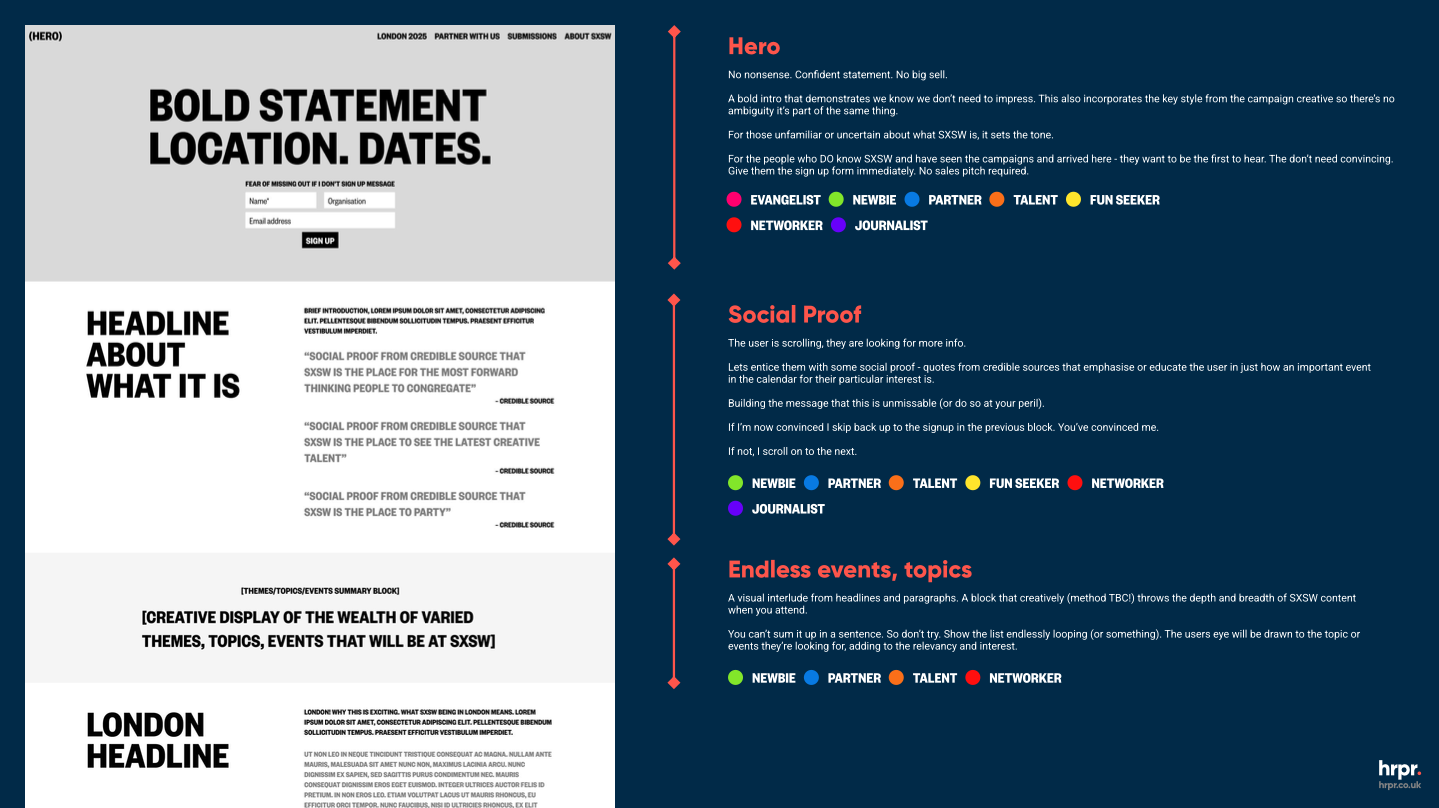How creating accessible artefacts for stakeholders can make or break your project
When you're working on complex projects with multiple tiers of stakeholders, effective communication can become a serious challenge – especially when you don't have direct access to all decision-makers. From early-stage wireframes to finalised designs, getting stakeholder buy-in at every step is essential. However, the way you present your work is just as important as the work itself.
The importance of accessible artefacts
Sharing a Figma prototype or a design link may be intuitive for your core team, but expecting every decision-maker to navigate a design tool isn’t always realistic. By providing a simple, accessible document in a format people are comfortable with, you give stakeholders a clear, consolidated view of the project.
More importantly, these artefacts cater to different communication styles and expectations. Some stakeholders prefer concise summaries, others need in-depth information. A well-structured PDF can cater to both, with clear annotations that explain each decision and its rationale.

Annotated wires for SXSW London
Beyond the deliverable: UX thinking in client communication
UX isn’t just about the end product – it’s a mindset that should span the entire project process. You design a website to meet the needs of end-users, you should also design your communication tools to meet the needs of your stakeholders. Consider these “stakeholder journeys” as carefully as you would user journeys.
In a recent project for SXSW London, we needed to communicate with multiple tiers of stakeholders – many of whom we didn’t have direct access to. Instead of just sharing Figma prototypes, we created detailed PDFs with annotated wireframes, explaining page hierarchy, content decisions and how they tied into the user archetypes in a way that was easy to digest.
This approach allowed senior stakeholders to quickly review and provide feedback without needing to navigate unfamiliar software. It also served as a valuable reference document throughout the project's life cycle, ensuring everyone was aligned on the core decisions.
UX is about empathy. It's about understanding that different people have different needs, and catering to those needs effectively. By producing artefacts tailored to the working styles of your stakeholders, you create a smoother, more inclusive process that leads to better outcomes for everyone involved.


